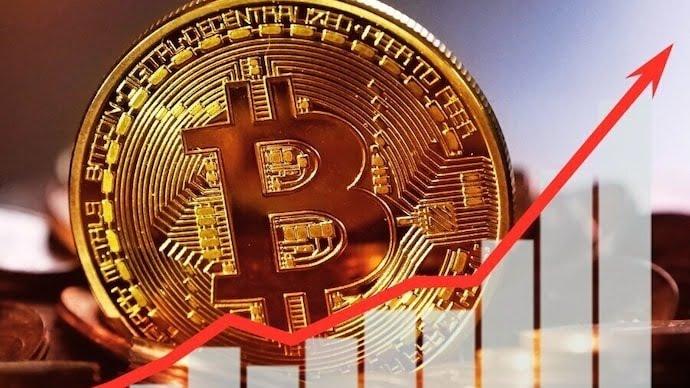South Korea’s digital asset market has come under renewed scrutiny following revelations of a dramatic rise in cryptocurrency flows linked to sanctioned Cambodian entities. According to recent findings, transaction volumes associated with these entities surged nearly 1,400 times in 2024, prompting regulators to intensify their oversight of cross-border digital transactions. The discovery underscores growing concerns over crypto-based money laundering, sanctions evasion, and illicit financing that exploit gaps in global financial surveillance. Authorities are now exploring tighter compliance protocols to safeguard the integrity of South Korea’s rapidly expanding crypto ecosystem.
Unprecedented Growth in Suspicious Crypto Activity
Data indicates that transactions tied to Cambodian entities under international sanctions have increased at an exponential rate, far outpacing the general growth of South Korea’s crypto trading volume. Analysts attribute this spike to the expanding network of unregulated or loosely supervised exchanges and over-the-counter (OTC) brokers that facilitate anonymous cross-border transfers.
The Financial Intelligence Unit (FIU) and Digital Asset Exchange Association in South Korea are reportedly investigating whether local platforms failed to adequately enforce Know-Your-Customer (KYC) and Anti-Money Laundering (AML) procedures. This surge in suspicious transactions has reignited debate over the transparency and accountability of crypto intermediaries, particularly as digital assets become more deeply integrated into the global payment system.
Cambodia’s Growing Role in Illicit Crypto Networks
Cambodia’s role in global financial crime networks has been under the microscope in recent years. Despite efforts to modernize its financial sector, the country continues to face challenges in implementing effective regulatory standards aligned with international norms. Its relatively permissive crypto environment and limited enforcement capacity have made it a convenient hub for high-risk digital asset transactions.
Experts warn that such flows could be linked to fraud, human trafficking, or cybercrime, with digital assets offering an efficient medium for transferring and concealing proceeds. The involvement of Cambodian entities in these transactions highlights the transnational nature of crypto-enabled financial crime, which often transcends jurisdictional boundaries and complicates enforcement efforts.
Regulatory Action and Policy Implications in South Korea
In response to the revelations, South Korean authorities are expected to impose stricter monitoring mechanisms across domestic exchanges. Regulators have already begun reviewing compliance records, internal controls, and transaction reporting systems of leading crypto platforms. The Korean Financial Services Commission (FSC) has also hinted at introducing real-time transaction surveillance tools to detect patterns associated with high-risk jurisdictions.
The government’s upcoming legislative proposals may require exchanges to tighten onboarding procedures, verify counterparties in overseas transactions, and improve data-sharing with global watchdogs. The move aligns with Seoul’s broader strategy to position itself as a responsibly regulated crypto hub, balancing innovation with systemic security.
International Coordination and the Future of Crypto Oversight
The recent case has renewed calls for greater international collaboration in regulating digital asset flows. Financial crime does not stop at national borders, and without shared intelligence frameworks, countries risk becoming conduits for illicit transfers. Institutions such as the Financial Action Task Force (FATF) have been pressing member nations to fully implement travel rule standards, ensuring that crypto transactions carry verifiable information about both sender and recipient.
Analysts suggest that South Korea’s experience could serve as a warning for other advanced crypto markets, where rapid innovation has often outpaced policy adaptation. To maintain investor confidence and global credibility, jurisdictions will need to develop interoperable regulatory systems capable of addressing the complex, decentralized nature of blockchain-based finance.
Conclusion: Balancing Innovation With Vigilance
The 1,400-fold surge in crypto flows linked to sanctioned Cambodian entities exposes the vulnerabilities of even the most advanced digital asset markets. While South Korea has emerged as a leader in crypto regulation, this incident underscores the need for constant regulatory evolution and international cooperation to mitigate risks tied to digital finance.
As crypto continues to bridge economies across borders, the line between innovation and exploitation grows thinner. For South Korea—and the global financial community—the challenge lies in striking a delicate balance between fostering technological progress and preserving the integrity of the international monetary system.
Would you like me to refine this into a newswire-style article (Reuters/Bloomberg tone) or a feature-style business analysis (The Economist/Financial Times tone) for publication-style realism?
